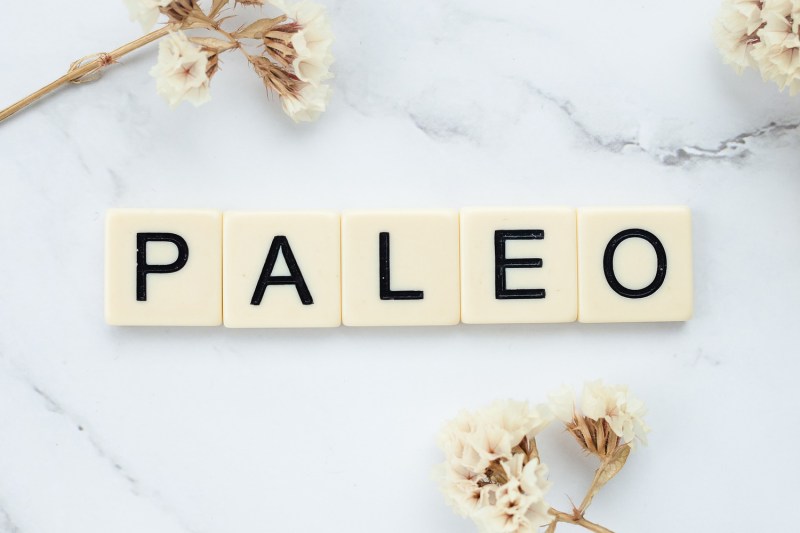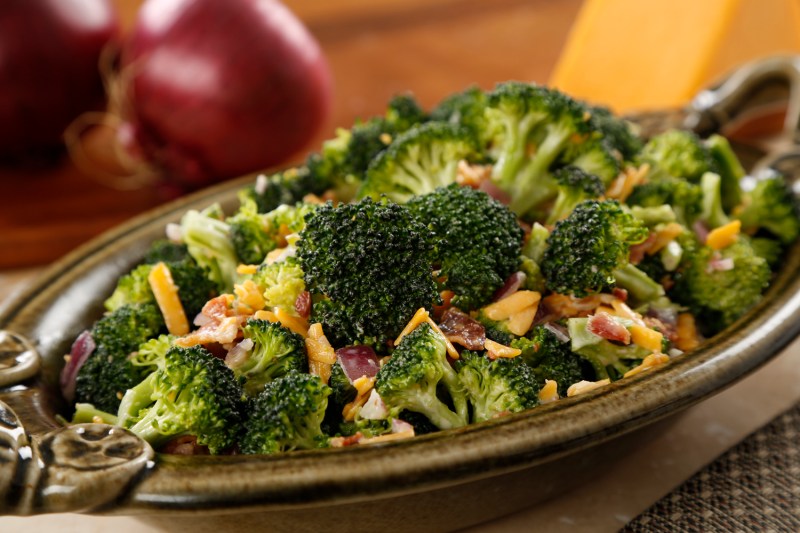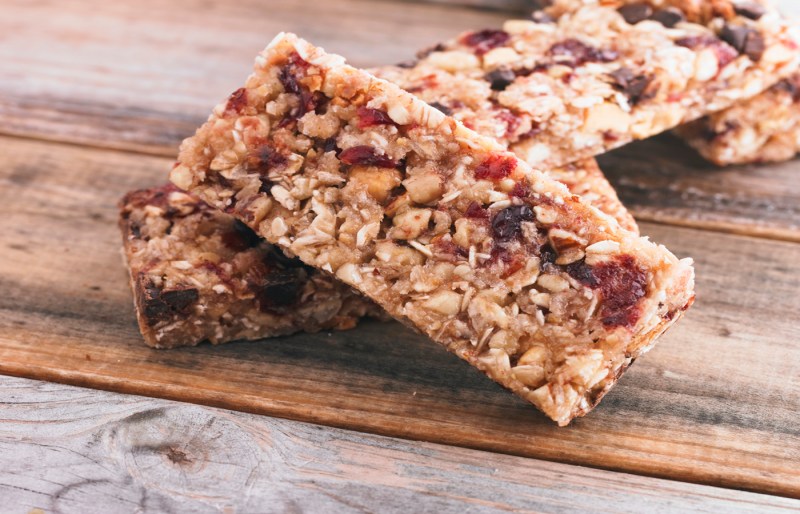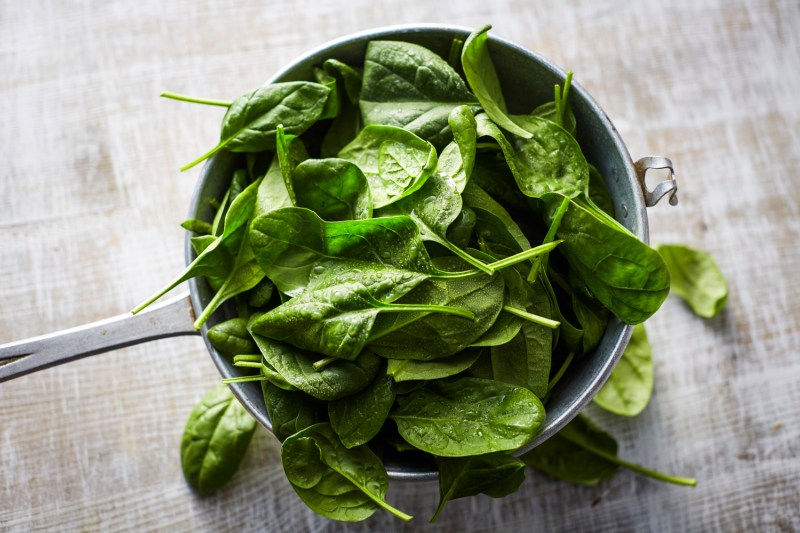A diet is any typical mix of foods that an individual or species habitually consumes and thrives on. All too often, when most people hear the term “diet” nowadays it induces thoughts of caloric restriction, weight loss, or more importantly, no fun. But a diet shouldn’t always be that way. It should be something that you enjoy utilizing, that helps provide nutrient-dense foods, and that you can thrive on for life, without feeling regret or remorse.
With a new diet popping up on an almost seemingly quarterly basis, it can be overwhelming. To be honest, most have been around for years, they’re just re-branded as something new and shiny. The paleo diet is anything but shiny and new, technically. The diet first came to popularity in 1975, and then again in 2002 by Loren Cordain who technically coined the term “paleo diet.” It is based on the idea of eating the way that our prehistoric ancestors ate, as in a paleolithic (era)-based diet. Think caveman, hunter-gatherer sense.

While there are no exact set rules (macros) for the majority of those on the diet, it tries to incorporate the idea of eating whole foods and eliminating junk like processed foods, refined sugar, refined grains, and, depending on how strict, dairy, refined oils, coffee, and alcohol. So, what exactly does the diet consist of exactly?
What Is the Paleo Diet?
There’s a lot of information out there on the paleo diet and a lot of people have interpreted it to their own liking. According to thepaleodiet.com, which happens to be founded by Dr. Cordain himself, “When you get down to the basics, it’s just eating a lot of vegetables, fruits, lean meats, fish, eggs, and some nuts and seeds — what you find at your local farmer’s market.” It tends to be higher on the protein side, with lots of fresh fruit and vegetable varieties included as well.

Why Does the Diet Work?
According to Dr. Cordain’s research, this way of eating is how we as humans have evolved over time and what our prehistoric ancestors ate and adapted to. It flips the script on the recent standard of the Western diet, where almost everything is easily accessible, prepackaged, convenient, and processed. As a result, the worldwide obesity rate has nearly tripled since 1975, with 13% of adults suffering from obesity as of 2016.
By eliminating those processed foods and inflammatio- triggering foods, we can reduce things like chronic body inflammation, and other comorbidities like high blood pressure, heart disease, diabetes, hypertension, and more. Though the paleo diet has evolved throughout the years, and subcategories of the diet have branched off, let’s take a look at some of the typical foods to include and avoid while on the diet.

Foods to Eat On the Paleo Diet
- Vegetables: Broccoli, kale, spinach, lettuce, cucumbers, squash, carrots, peppers, etc.
- Fruit: Berries (blue, black, straw, rasp), bananas, oranges, apples, avocados, etc.
- Animal By-Products: beef, fish, chicken, pork, lamb, turkey, eggs, seafood (shrimp, sardines, etc.)
- Nuts/Seeds/Tubers: Sweet potatoes, potatoes, yams, turnips, pumpkin seeds, almonds, hazelnuts, walnuts, macadamia nuts, etc.
- Miscellaneous: Oils (Olive, coconut, avocado), Salts (sea, Celtic, pink Himalayan), rosemary, turmeric, garlic, curcumin, etc.
- Others: Since the diet has been knocked for lacking things like calcium, others have learned to incorporate things such as full-fat or raw dairy to get some natural calcium
- Full-Fat or Raw Dairy: Butter, milk, cheese, yogurt
- Occasional Indulgence: Wine, coffee, teas, dark chocolate (70% cocoa or higher) are all extremely good antioxidants

Foods to Avoid On the Paleo Diet
- Highly Processed Foods: Pre-made meals (frozen pizzas), pre-packaged snacks (granola bars), canned foods (fruit and veggies), foods labeled as “low-fat” and or “diet”
- Legumes: Beans, lintels, peas, etc.
- Sugars and Syrups: Table sugar, high fructose corn syrup, corn syrup, fruit juices, anything with additional sugar
- Artificial Sweeteners: Aspartame, sucralose, saccharin, acesulfame potassium, etc.
- Grains: Breads, pastas, wheat, barley, etc.
- Vegetable Oils: Peanut, sunflower, soybean, grapeseed, safflower, corn, cottonseed, etc.
- Trans Fats: Partially hydrogenated or hydrogenated oils
To keep things super simple, if you cannot buy it at your local farmer’s market, you probably shouldn’t be eating it, especially if those ingredients are made in a factory.

Pros of the Paleo Diet
- Eliminates Processed Foods – Highly processed foods have been linked to almost every type of health issue from diabetes to obesity, high blood pressure, etc. Removing those from an individual diet can have positive health improvements.
- Removes Added Sugars – Again, same as processed foods, artificial sweeteners, and added sugars are horrible for overall health and removing them can be extremely beneficial.
- Weight Management and Weight Loss – By removing a lot of key inflammatory food groups individuals will report great weight loss on the paleo diet.
- Improves Health Biomarkers:
- Glucose control
- Improved body fat
- Lowers high blood pressure
- Healthy cholesterol levels

Cons of the Paleo Diet
- Lacks Some Key Vitamins – Diet does not lead to adequate amounts of vitamin D or calcium, which leads many to supplement and add in full-fat or raw dairy products
- No Grains – Grains have been shown to be beneficial in those who do not have gluten intolerance and can help with regularity. It’s easy to find gluten-free food products nowadays, either.
- No Dairy – Depending on how strict you follow, some who follow paleo say that in order to be true paleo, no dairy should be consumed. However, full-fat and raw dairy products can help provide enough calcium which is extremely important for bone health as we age.

Our Take On the Paleo Diet
The paleo diet is a great starting place for most people who want a sensible approach to the world of healthier eating habits. While demonizing or eliminating food groups altogether can have its disadvantages, a more appropriate starting place would be something paleo-adjacent. Following the paleo diet, but then also making sure to get dairy or gluten-free grains, as well as ample carb sources, into your meals as well, as all have been proven very beneficial for overall well-being.

Editors' Recommendations
- 5 ways a high-protein diet benefits your health
- These 13 foods will add essential vitamin K to your diet
- 9 important health benefits of magnesium you need to know about
- Treat your body: These are the best foods high in collagen
- Everything you ever wanted to know about the BRAT Diet




